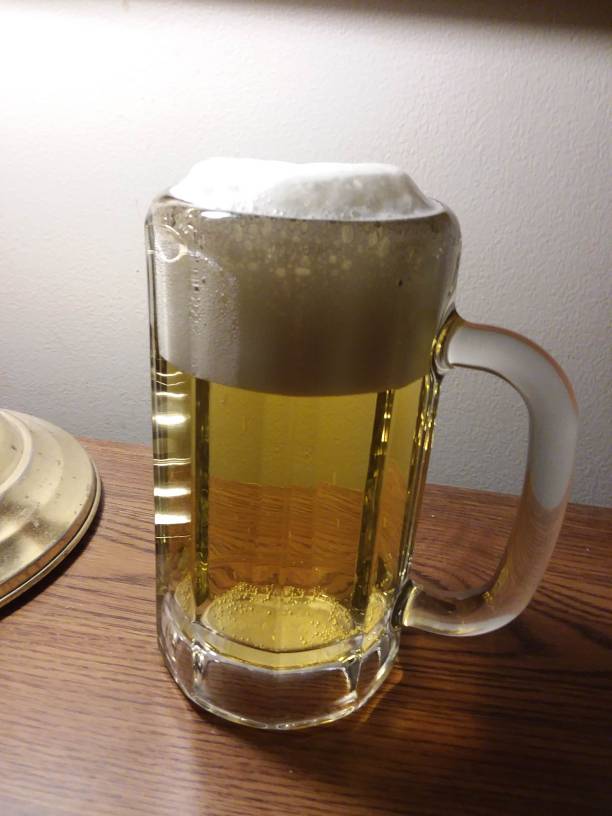At the risk of derailing this thread, do commercial breweries adhere to LODO practices?
Notch in Salem Mass uses LoDo on some of their beers, their German/Czech Lagers are crazy good. I think some other lager focused breweries across the country may also. But pretty much every brewery around the country focuses on preventing oxygen ingress, more for shelf stability than anything else, but not in the same way as LoDO.































![Craft A Brew - Safale S-04 Dry Yeast - Fermentis - English Ale Dry Yeast - For English and American Ales and Hard Apple Ciders - Ingredients for Home Brewing - Beer Making Supplies - [1 Pack]](https://m.media-amazon.com/images/I/41fVGNh6JfL._SL500_.jpg)


























